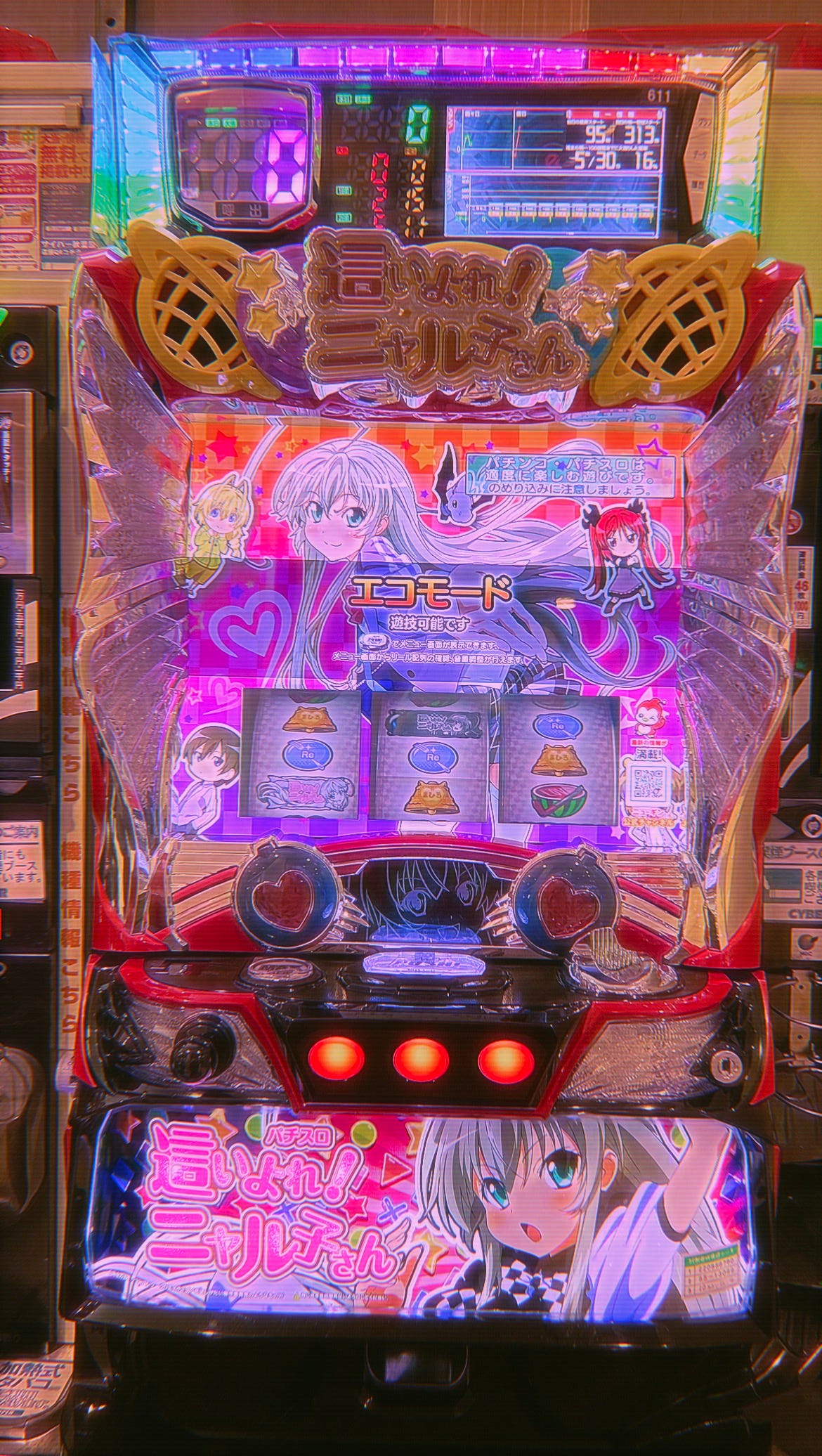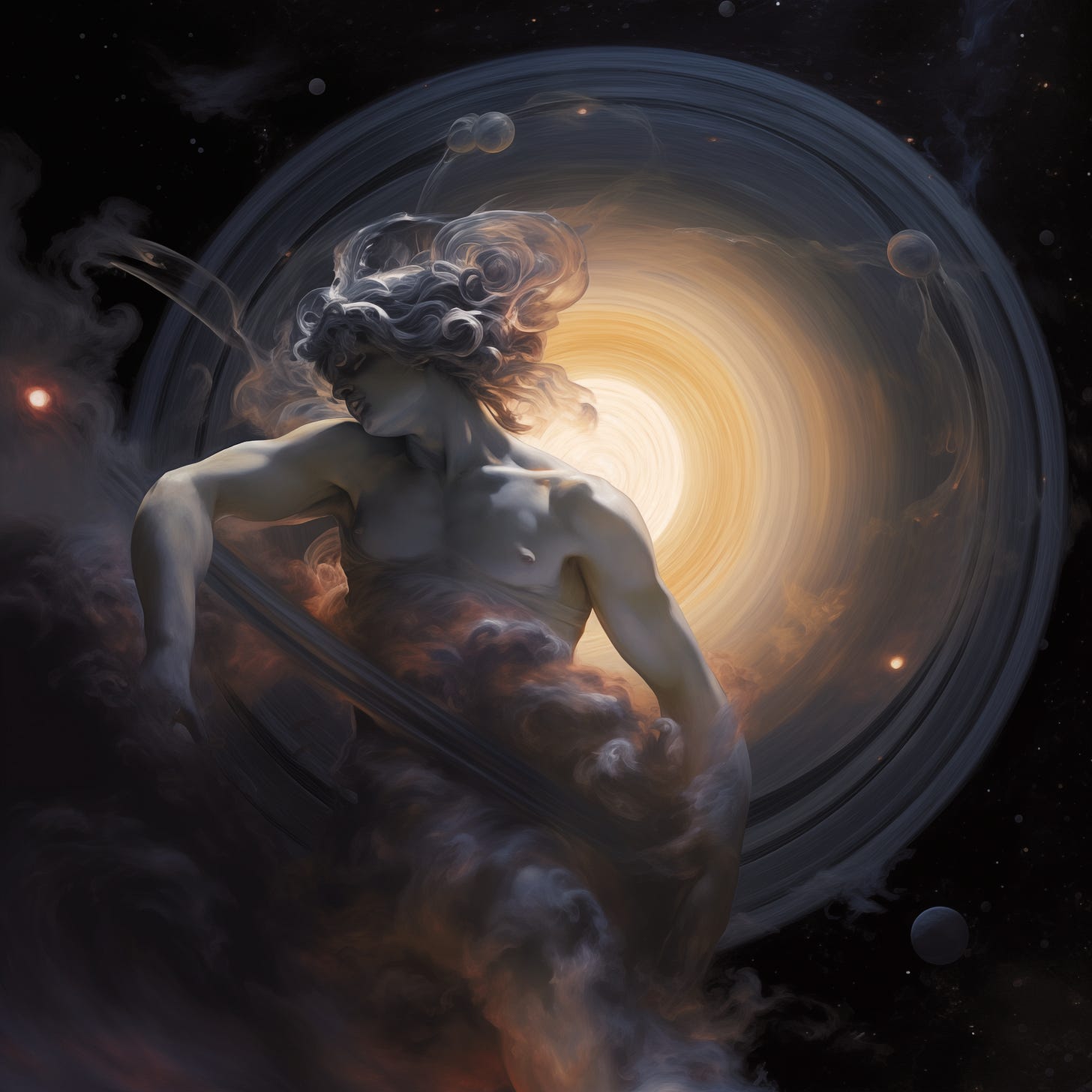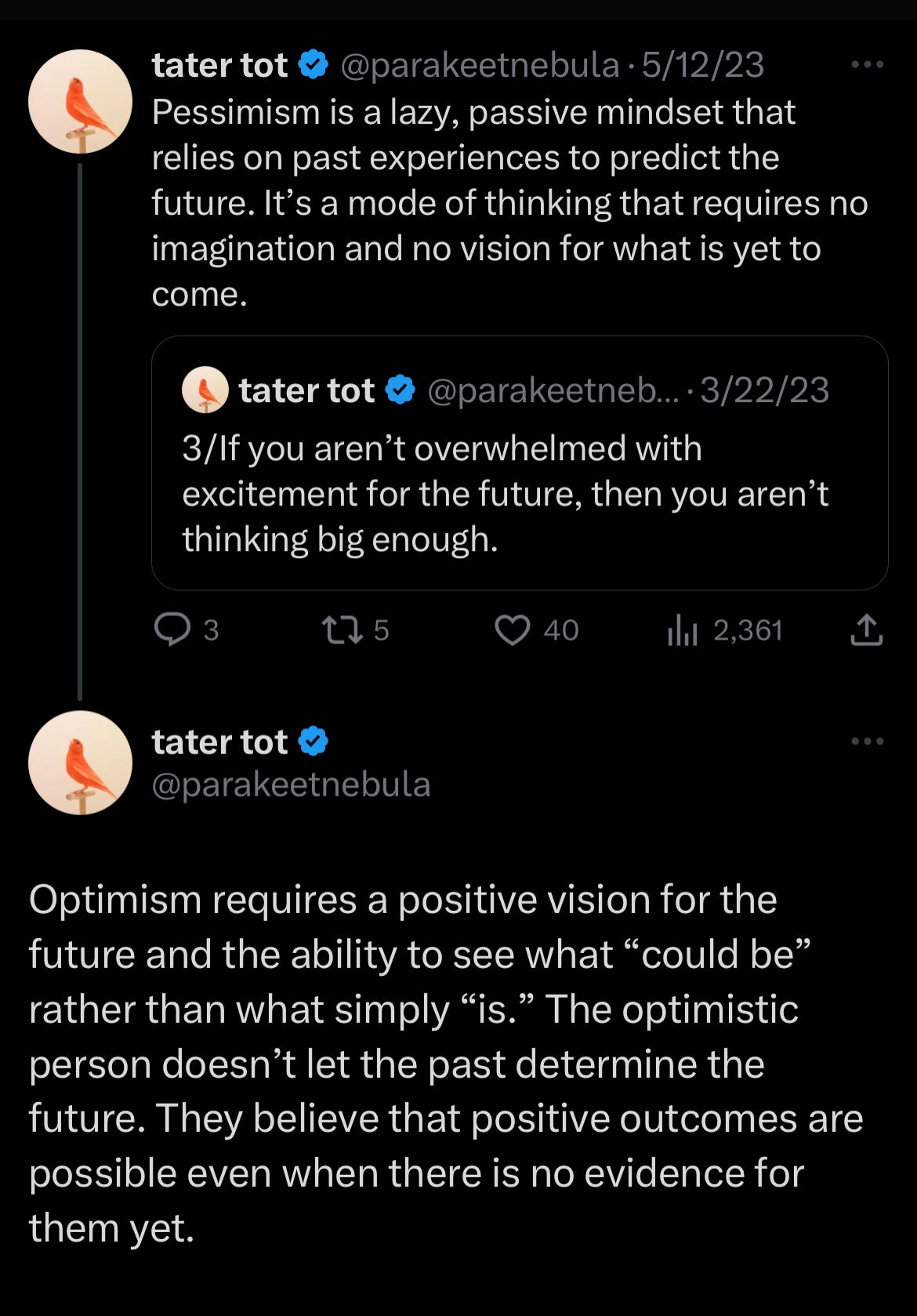The Empirical Realities of Neo-Plebeian Goth Identity
Focusing on negative emotions like misery and ugliness in art has become trite and uninspired because these feelings are so common in modern life. Highlighting the base or vulgar aspects of life have become commonplace, making it a cliché rather than a rebellious or subversive act.
Fear and disgust aren’t artistically ambitious emotions to inspire or cultivate. They are the junk food of creative expression— providing intense, immediate sensations that pierce through the cacophony of electronic jingles in the pachinko arcade of your life, without demanding reflection or depth.
It’s easy to make people feel small and powerless. We don’t need to be reminded that society is cold and unfeeling. We are very aware that life is in constant state of decay. Vulgar sexuality isn’t interesting or revolutionary; we are surrounded by vulgar sexuality. Grotesque isn’t goth anymore; it’s mainstream, predictable, and pedestrian.
Slightly expand your awareness of everyday situations and you will notice a multitude of disturbing realities hiding in plain sight. Just take a walk through the supermarket. Look at people casually browsing through the butcher section, determined to overlook the fact that the styrofoam container of “CLEARANCE $5.99 BEEF” was once a living creature with its own reality. Look at them avoiding the thought that they might share a similar fate. “Will I be ‘CLEARANCE $5.99 BEEF’ someday?” You wonder—your thoughts crudely interrupted by the intro to “All I Want for Christmas” filtering through the sterile air like a morbid anthem. It’s only November 3rd.
Does recreating the sensation of walking through the grocery store qualify as art? On one hand, sure; within these everyday scenes are the truths of our era, the narrative of our times. But it’s not a bold or visionary story to tell. And I’m suspicious of any interpretation of goth or punk that fits neatly within the philosophical universe of a suburban grocery store.
Being optimistic and giving people a tangible sense of hope is more goth than whatever “goth” is now. Leading people with a positive vision for the future is more audacious and badass than luxuriating in your misery. Being negative is easy, but it takes imagination to see how things could be better.
Pessimism and cynicism always stem from a lack of independent thought and are always endorsed by people who would rather follow the crowd rather than experience genuine, self-determined emotions. The world doesn’t need any more sad losers complaining about everything that’s wrong with the world.
You should be bursting with excitement for the future. You should feel like you’re surfing a tsunami strapped to a rocket ship headed for the moon. If that’s not how you feel, then you’re not immersing yourself deeply enough in the transformative energy of our times. You’re not listening to the seismic vibrations of change that are barreling towards us from the future at breakneck speed to reshape our world. Change is relentless and inevitable, and you have the choice to either join us in bravely navigating this uncharted territory or remain shackled by the status quo.
The pen that writes the narrative of our future cannot be put in the hands of those who see no further than today’s despair. Those people have no idea what the future holds. They are artisans of cowardice, architects of the mundane, seeking only to construct a reality that soothes their narrow vision, not one that challenges the horizon. They don’t love you, they don’t love our world, they don’t even love themselves; they only love the the stagnant comfort of their misery, because it demands no metamorphosis, no soaring ascent, no courageous belief, and no faith in themselves or in others. Don’t give them the pen, the podium, the keys, or the canvas; these are instruments for creators, for builders, for overcomers, and for those of us who believe in the future, not those who would chain it to the ground.













